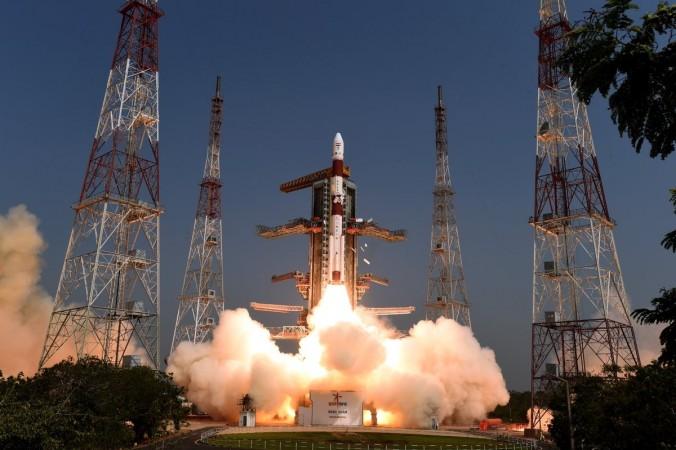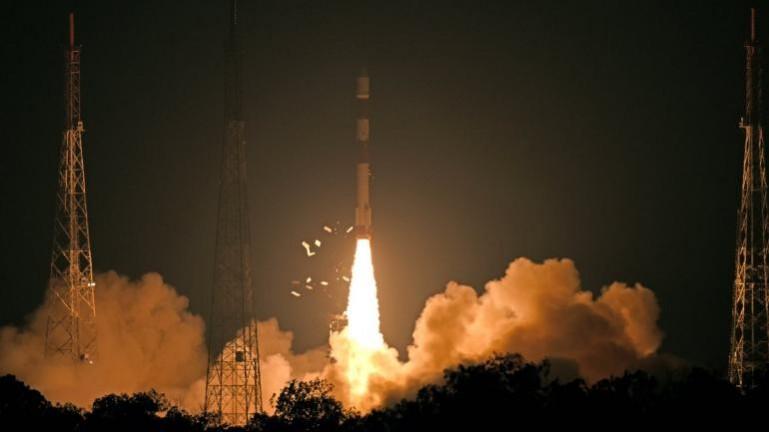
India's Polar Satellite Launch Vehicle-XL (PSLV-XL) rocket carrying advanced earth observation satellite Cartosat-3 and 13 US nanosatellites lifted off from the second launch pad of the rocket port in Sriharikota on Wednesday.
At about 9.28 am the 44.4 metre tall, weighing 320 ton rocket blasted off from the second launch pad at the country's rocket port in Sriharikota. The launch was normal despite a clouded sky.
According to ISRO, the 1,625 kg Cartosat-3 is an advanced agile satellite to obtain panchromatic and multispectral imagery with an operational life of five years.
The payload has the capability of taking sharp pictures with a ground resolution of 0.25 metre in Panchromatic and 1 metre ground resolution or ground sample distance (GSD) in 4 Band Multispectral modes with a swath of 16 km, said ISRO.
What will Cartosat-3 help with?
The Indian space agency also said, Cartosat-3 has many new technologies/elements like highly agile structural platform, payload platform, higher rate data handling and transmission systems, advanced onboard computer and new power electronics, dual gimbal antenna and others.
To be placed in an orbit of 509 km at an inclination of 97.5 degrees, the Cartosat-3 will furnish images that cater to the demand of urban planning, rural resource and infrastructure development, coastal land use and land cover and also for strategic/defence purposes.
The Indian space agency officials used to say that they would supply the required images for various agencies.
The sharp satellite images can also be used for surveillance purposes while ISRO is silent on this aspect.

Sharing the ride with Cartosat-3 were 13 nanosatellites from the USA for an undisclosed fee to be paid to NewSpace India Ltd -- the new commercial arm of ISRO.
About 17 minutes into its flight, the PSLV rocket will first sling into orbit Cartosat-3.
At about a minute later, the first of the 13 US nanosatellites will be put into orbit. The final nanosatellite will be ejected into its intended orbit at 26 minutes and 50 seconds from the lift-off of the PSLV rocket.
Once the mission turns successful, India would have launched 310 foreign satellites.
According to ISRO, 12 of the US nanosatellites are named as FLOCK-4P are earth observation satellites and the 13th is called MESHBED, a communication testbed satellite.
The PSLV-XL is a four-stage/engine expendable rocket powered by solid and liquid fuels alternatively. The rocket has six strap-on booster motors to give additional thrust during the initial flight stages.









